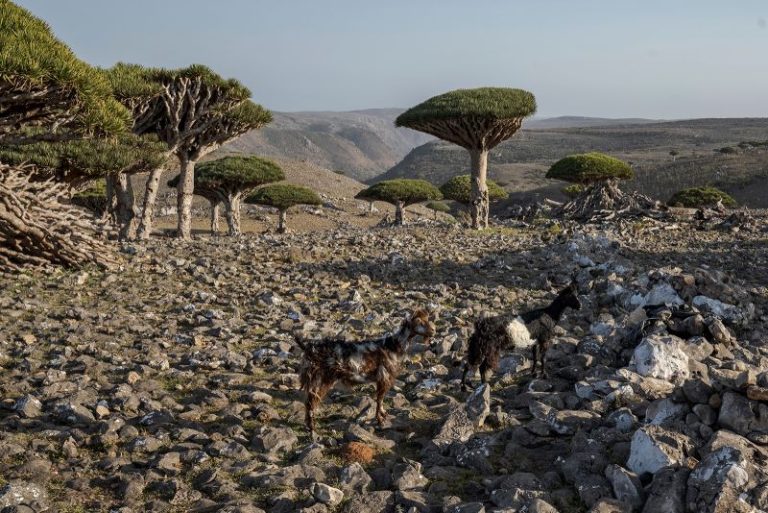House Republicans are channeling Edward Hopper this week as they try to pass President Trump’s big, ‘beautiful bill.’
Hopper is known for ‘Nighthawks,’ one of the most iconic paintings in American history. The 1942 painting depicts four people in a diner in the middle of the night. A deserted streetscape commands the foreground. Two men – heads festooned with fedoras – sit separately at the counter, nursing coffee. One of the men has a cigarette tucked between his index and middle fingers. He’s positioned next to a woman with scarlet hair and a red dress. She appears to holding a bite of a doughnut or sandwich, studying it as though it were a rare artifact. She seems to debate whether she should eat it. A young counterman – attired in white with a crisp envelope hat – leans downward in search of glassware or dishes hidden underneath.
It’s the dead of night. Everyone is distant and detached. Even the couple – even though they sit side-by-side – don’t look at each other.
In Nighthawks, everyone appears as though they’re just trying to make it through the night to dawn.
It’s kind of what House Republicans are going through this week.
The House Budget Committee convened at 10:26 p.m. ET Sunday night to advance the tax cut and spending reduction package after a hiccup stalled the measure Friday afternoon. At 10:39 p.m. ET, the committee approved the bill 17-16 – with four House Republicans voting ‘present.’
The next stop is the House Rules Committee, the final parliamentary way station before depositing a piece of legislation on the floor.
At 12:31 a.m. ET Monday, the Rules Committee announced it would prep the bill for the floor – with a meeting at 1 a.m. Wednesday morning. That session could last all day Wednesday. Literally. The Energy and Commerce panel met for 26 consecutive hours last week to prepare its section of the budget reconciliation measure. The Ways and Means Committee huddled all night long.
The group of House Republicans pushing to state and local tax for high-tax states (known as SALT) scheduled a meeting with House Speaker Mike Johnson, R-La., for 9 p.m. ET Monday. And it’s entirely possible that the House could be debating or even voting on the measure late Thursday, the wee hours of Friday morning or even Friday night.
This is how Capitol Hill rolls when there’s a big piece of legislation on the clock. The hours are late. The meetings are long. Lawmakers convene different sessions whenever they need to – just to get the measure across the finish line.
The only difference between the halls of Congress now and ‘Nighthawks’ is that the coffee fueled the figures in the painting until dawn. It was 1942. But this is 2025. Edward Hopper would know nothing of Celsius or Red Bull.
There’s an actual parliamentary reason as to why the Budget Committee met so late on Sunday night after its stumble on Friday afternoon. And there’s a method to the Rules Committee’s 1 a.m. madness on Wednesday.
Let’s rewind.
The Budget Committee tried to blend the various provisions from nearly a dozen House committees into one unified legislative product midday Friday. That effort came up short. A total of five Budget Committee Republicans voted nay. They groused about spending cuts, green energy tax credits and the timeframe of work requirements for those on Medicaid.
Four of the five GOP noes were truly opposed. Rep. Lloyd Smucker, R-Penn., voted nay so he could order a re-vote. Rules allow a member on the winning side of an issue (in this case, the nays), to ask for another vote later. Smucker supported the plan. But he then switched his vote to nay to be on the winning side. That teed up a possible re-vote.
‘Calling a vote moves the process forward. I think it’s a catalyst,’ said Budget Committee Chairman Jodey Arrington, R-Tex., after the failed vote Friday.
The Budget Committee then announced it would convene at 10 p.m. ET Sunday.
This is where things get interesting:
The key here was for the Budget Committee to finish its work before midnight Friday. Once it got rolling, the process would only consume 15 or 20 minutes. The Budget Committee approved the plan 17-16 with four Republicans voting ‘present.’
‘We’re excited about what we did,’ said Rep. Ralph Norman, R-S.C., who was one of the GOPers who voted nay Friday.
But Norman still wasn’t excited enough to vote yes on Sunday night. He voted present.
‘There’s so much more that we have to do to rein in government and rein in the costs and the deficits,’ said Norman on FOX Business Monday.
But regardless, the measure was out of the Budget Committee before the witching hour on Sunday. And then came the Rules Committee announcement – just after midnight on Monday – about a session at 1 a.m. Wednesday to ready the ‘big, beautiful bill’ for the House floor.
There are several reasons House Rules Committee Republicans decided to huddle at 1 a.m. et Wednesday. Let’s begin with the parliamentary one.
The Budget Committee wrapped up just before midnight Sunday. The rules allow Democrats two full days to file their paperwork and viewpoints after that meeting. So, they had all day Monday and all day Tuesday. The Rules Committee needs an ‘hour’ to announce its formally meeting. So, the ‘official’ announcement of the Rules Committee meeting on Wednesday will go out just after 12:01:01 a.m. ET Wednesday. That triggers a 1 a.m. ET meeting on Wednesday.
Here are the other, more practical reasons.
Republicans need all the time they can get. There is talk of trying to vote on the floor late in the day on Wednesday. We’ll see about that. But the early Rules Committee meeting time makes that a possibility.
Second of all, it’s possible the Rules Committee meeting could consume the entire calendar day of Wednesday. Streams of lawmakers from both sides will file into the Rules Committee to propose various amendments. This is a protracted process.
But by the same token, meeting at 1 a.m. ET could diminish attendance. After all, who wants to show up at 1 a.m. ET for a meeting and maybe discuss your amendment at 6:30 a.m. ET? You get the idea.
And once the bill gets out of the Rules Committee, expect late night meetings among Republicans as they try to close the deal. It’s possible the House could vote at virtually any time of day Wednesday, Thursday or Friday to pass the bill. That could be late in the evening. Or even overnight. They will vote when the bill is ready, regardless of the time on the clock.
Such is the lot drawn this week by House Republicans for the ‘big, beautiful bill.’ Maybe they’ll have the votes. Maybe they won’t. Maybe they’ll pass more spending cuts. Maybe there’ll be a deal on SALT for state and local taxes. Maybe not. Maybe the vote comes at 3 in the afternoon. But more likely, sometime late at night.
Just like in Nighthawks, everyone on Capitol Hill is just trying to make it through the night and to the dawn.










